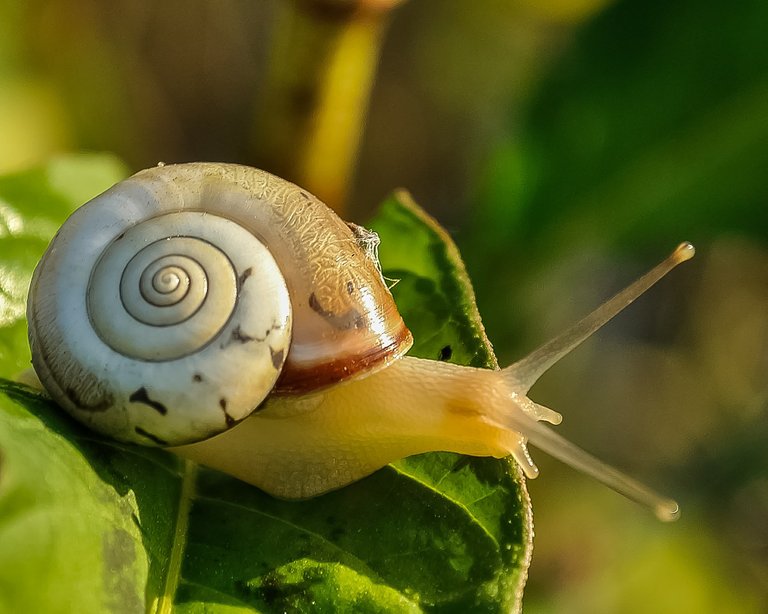
Fundamental to the Universe,
and known as the Golden Ratio or Phi, it is equal to about 1.618. Somehow this number transcends space and seems to be integrated into the structure of the universe from snails to vegetables to galactic form.



Phi - The twenty-first letter of the Greek alphabet
The Golden Ratio of 1.618 is derived from the Fibonacci sequence = 0, 1, 1, 2, 3, 5, 8, 13, 21... each successive number is generated by adding the two previous numbers. If we continue this sequence...34, 55, 89, 144... now divide the last 2 numbers:
144/89= 1.61797752809
We get a number very close to the Golden Ratio. If we continue the Fibonacci sequence further, dividing two successive numbers gives us a result that is ever closer to the irrational number of Phi.

Fibonacci
A famous Italian mathematician. Above is a memorial to Fibonacci in Pisa.

The Logarithmic Spiral
Derived from the Golden Ratio/Phi and can be easily visualized in the diagram above. Take the length of the second smallest square and divide it into the larger square length to get 1.618. You can try and measure this ratio using this diagram however the scale is not big enough and you'll likely get a number around 1.5.

Golden Angle
Interestingly, there also exists a Golden Angle which is equal to 137.5 degrees. Flower petal spacing at this angle provides optimal growth and in general enables systems to maximize their surface area.
Please share your thoughts with me. Where else might this number be lurking? If anyone can shed some light on how Phi is related to chaos theory or the Mandelbrot set, that would really be great!
References:
Livio,Mario (2002) Golden Ratio: The Story of Phi, the World's Most Astonishing Number. Crown/Archetype.
Images from Pixabay
Hi! I am a robot. I just upvoted you! Readers might be interested in similar content by the same author:
https://steemit.com/nature/@suspectcertainty/the-most-important-number-in-the-universe